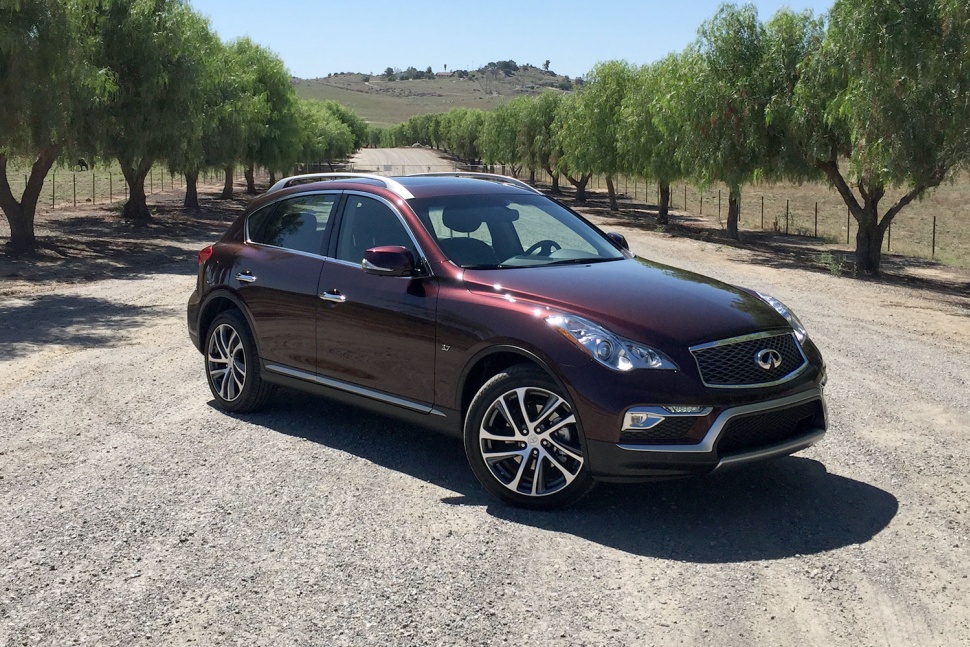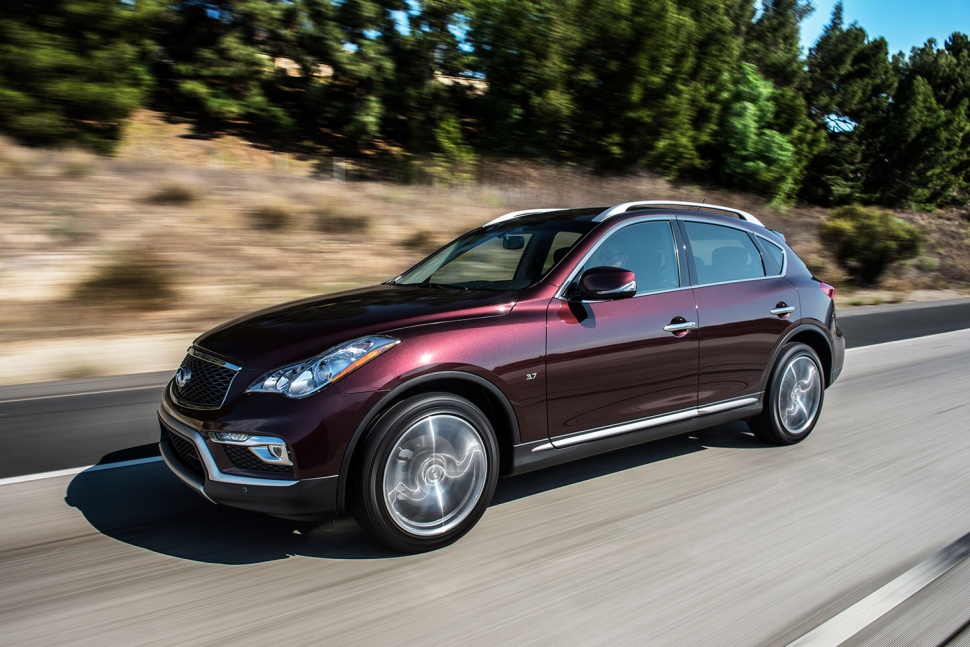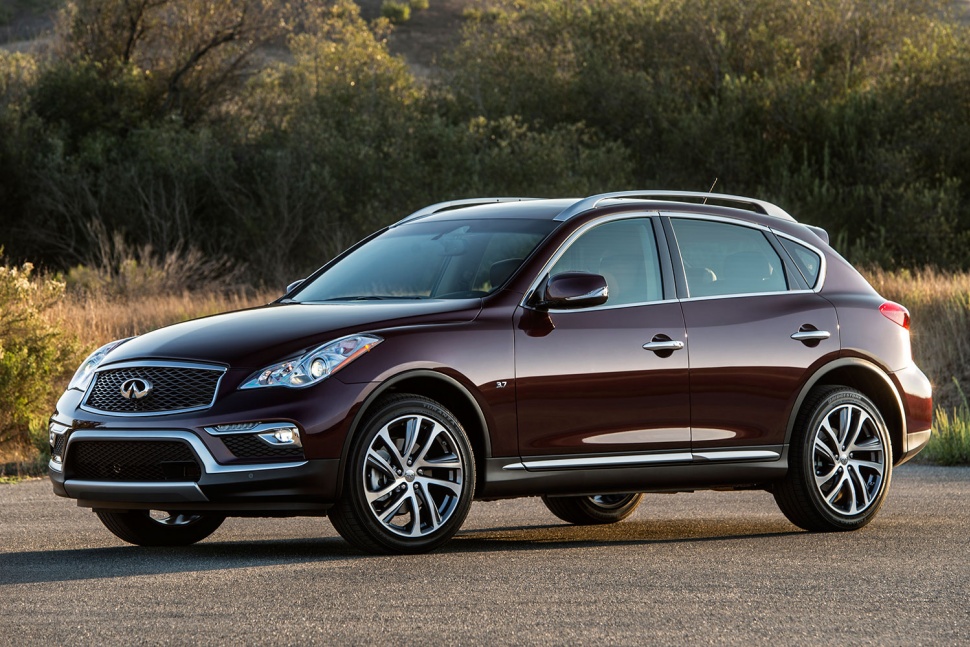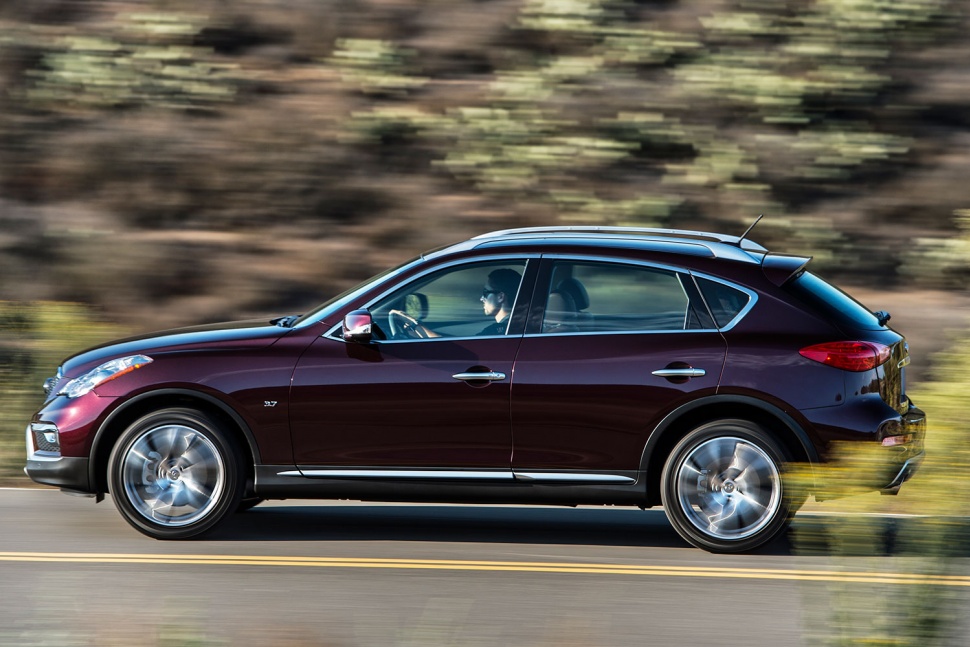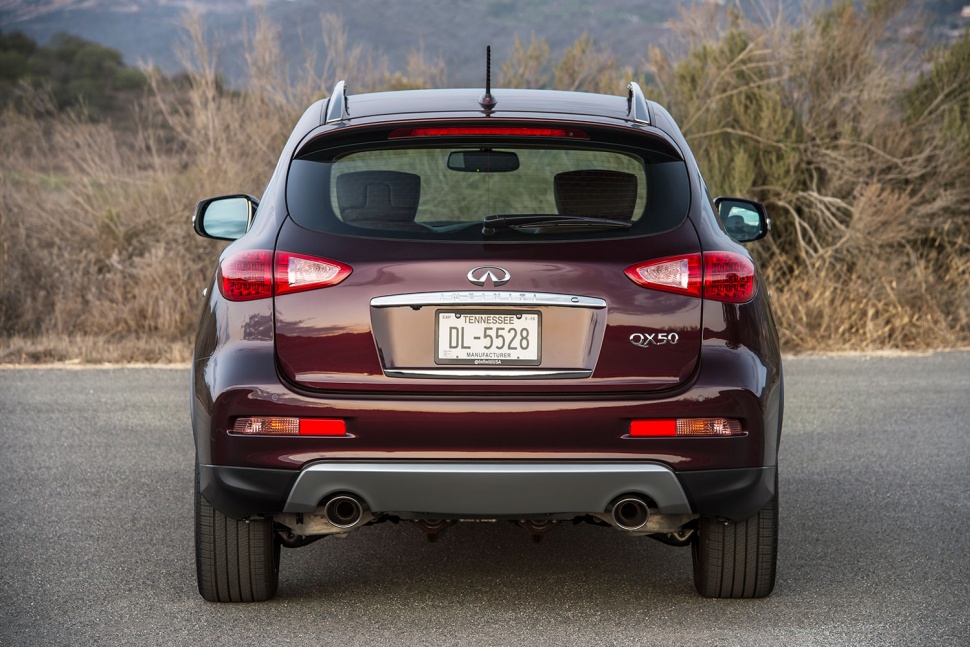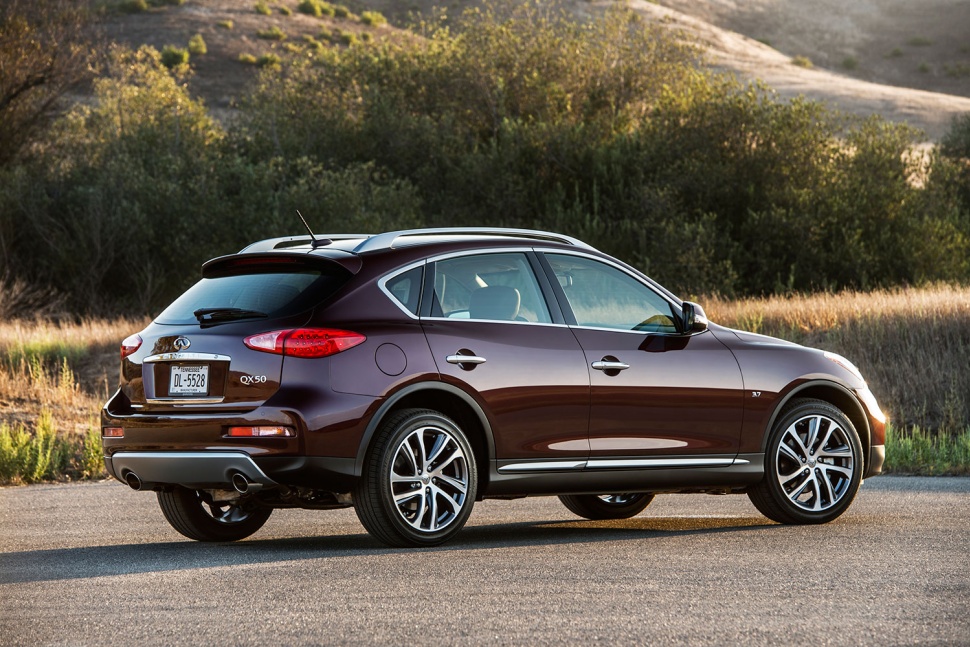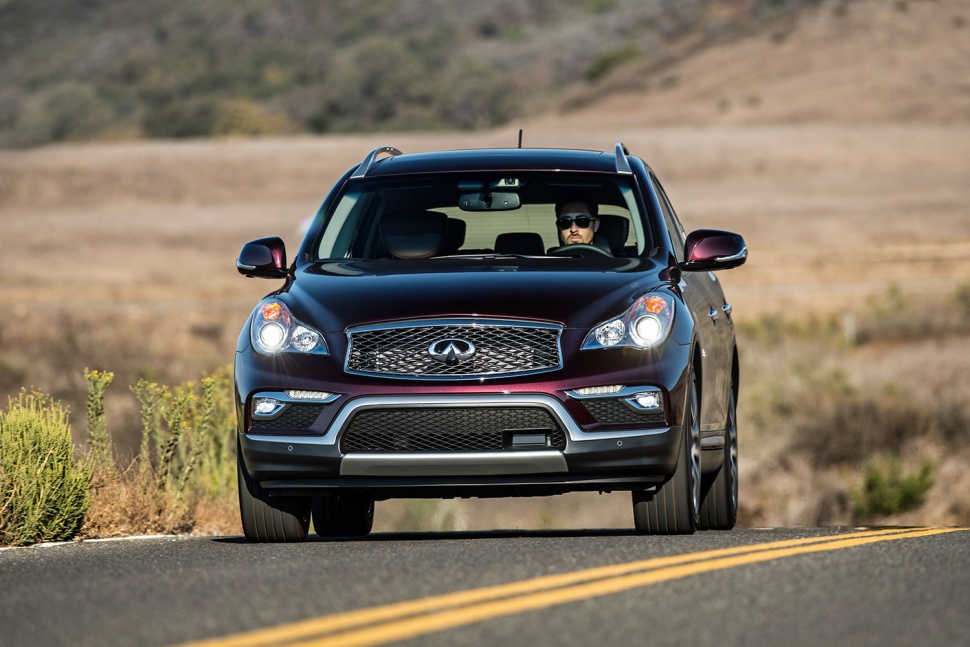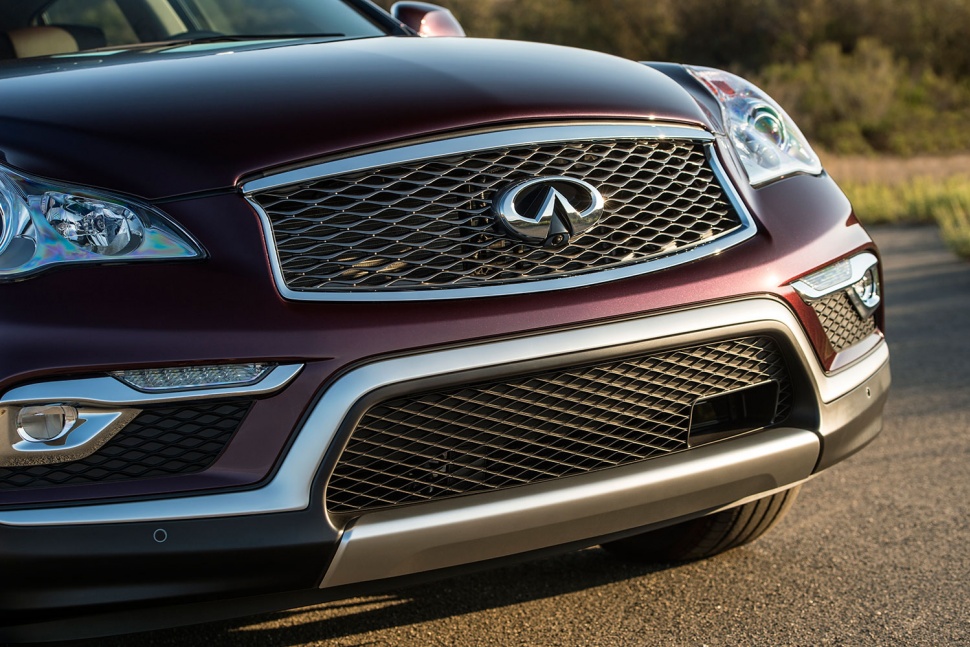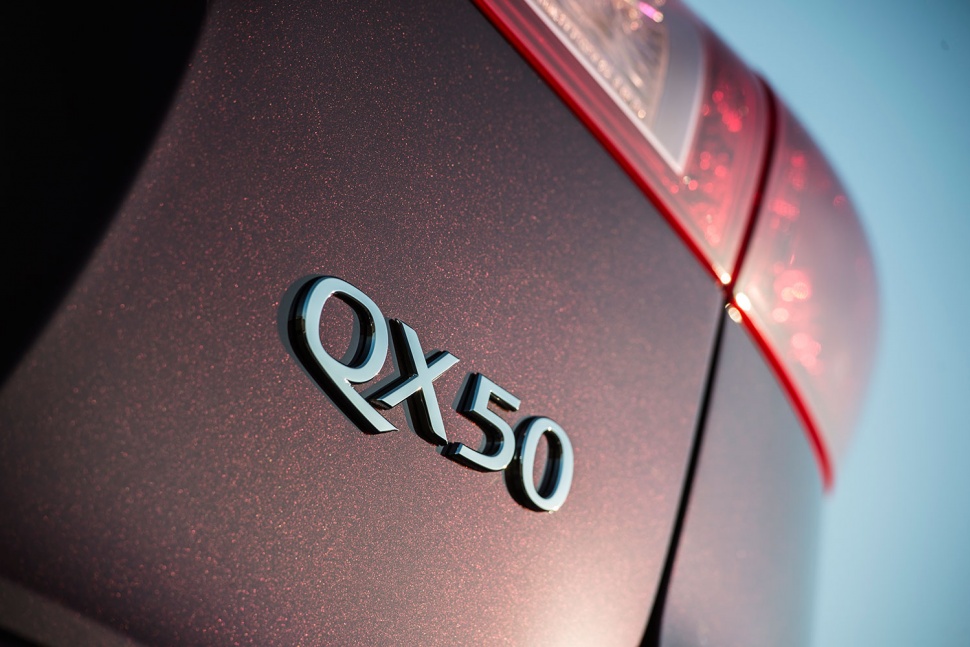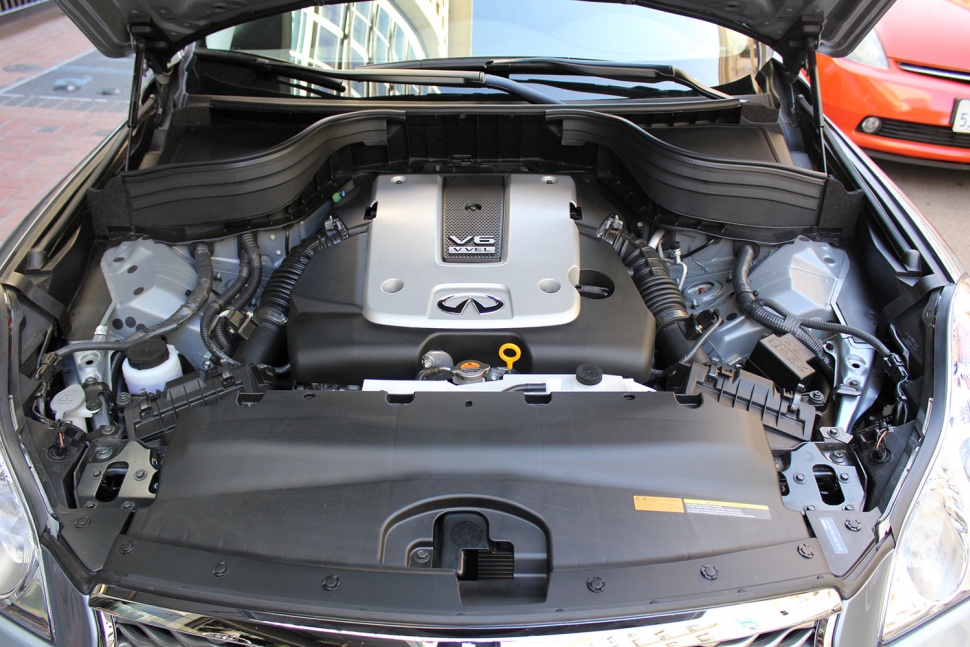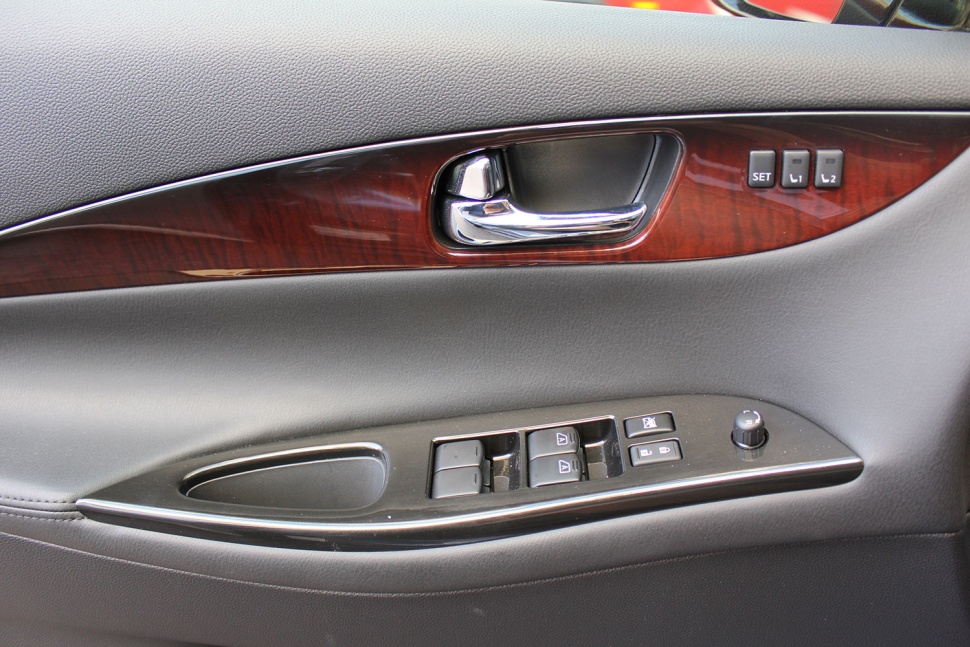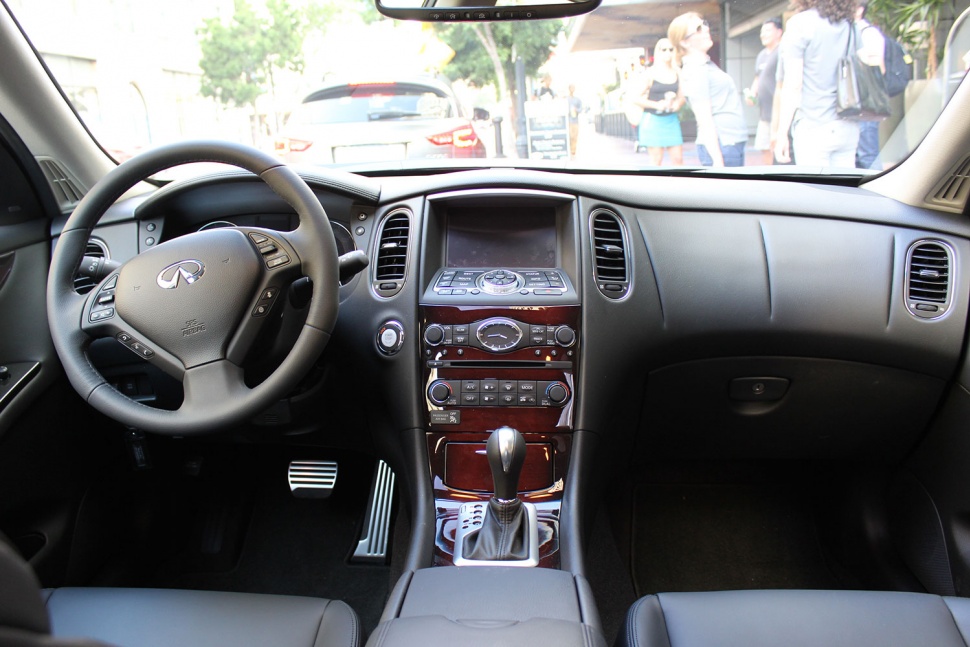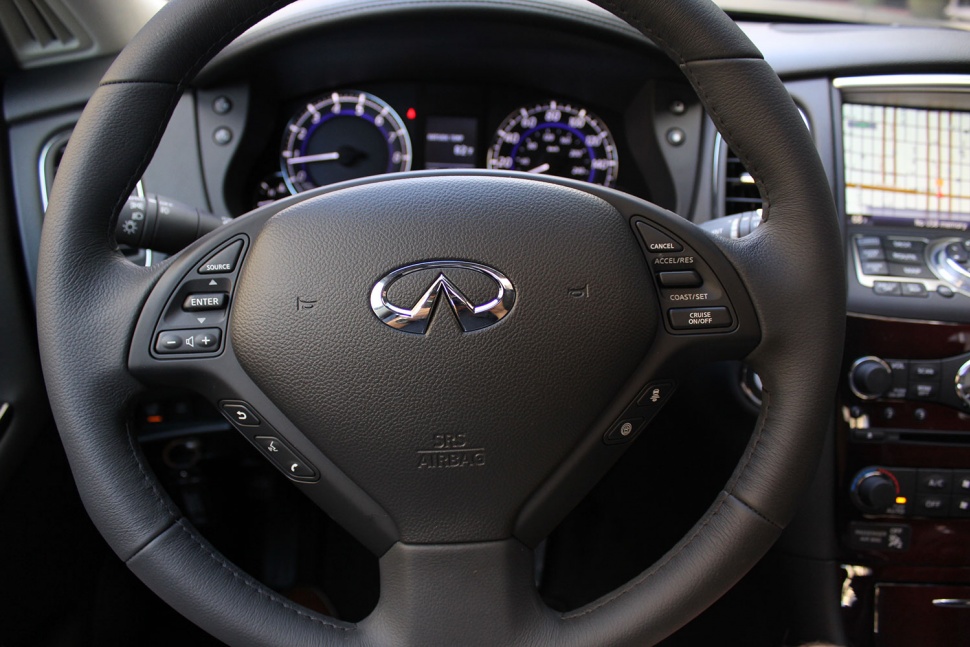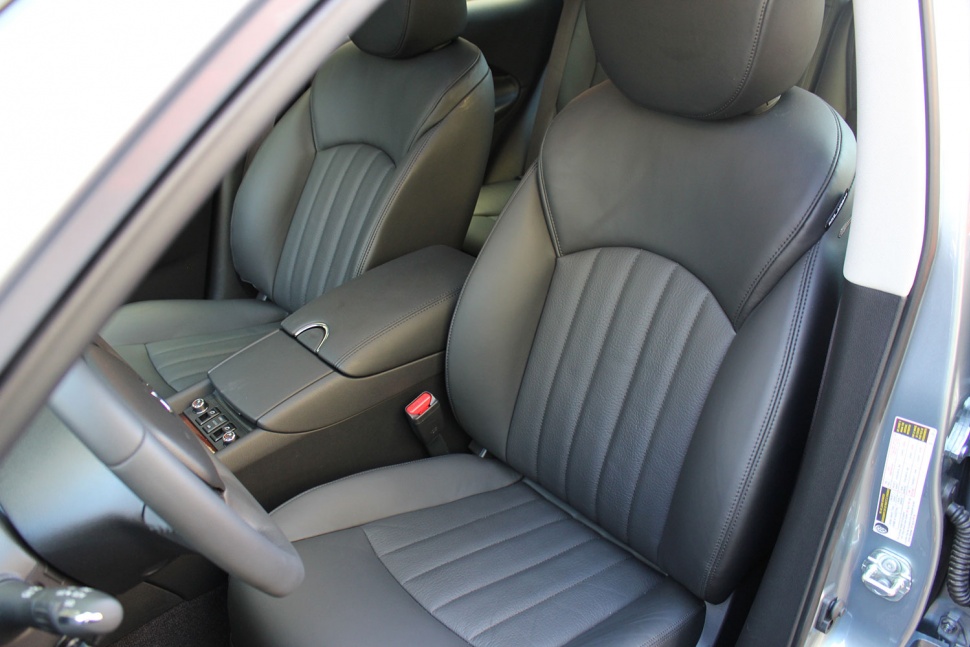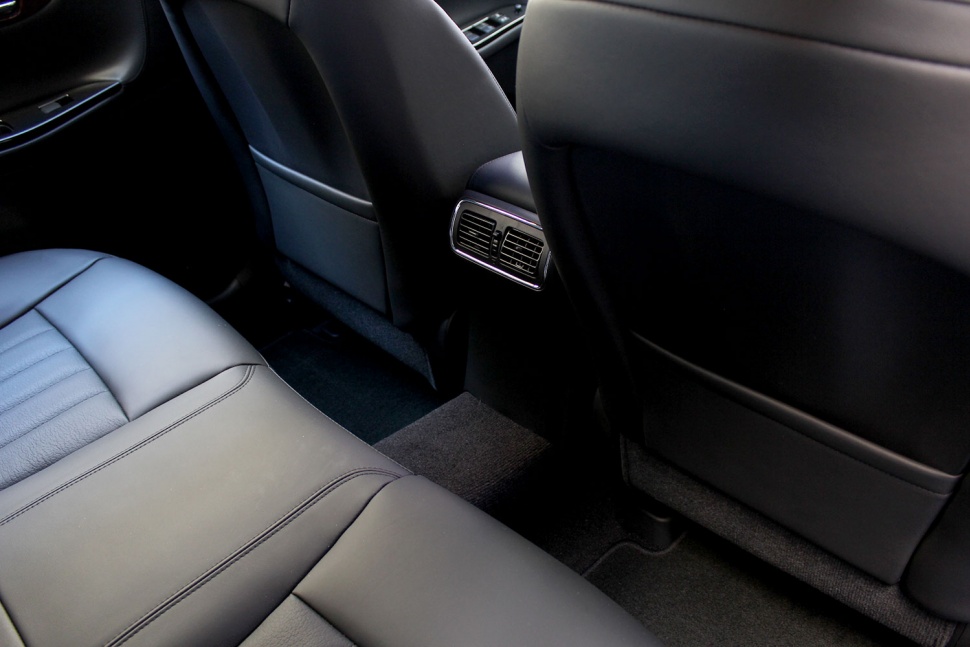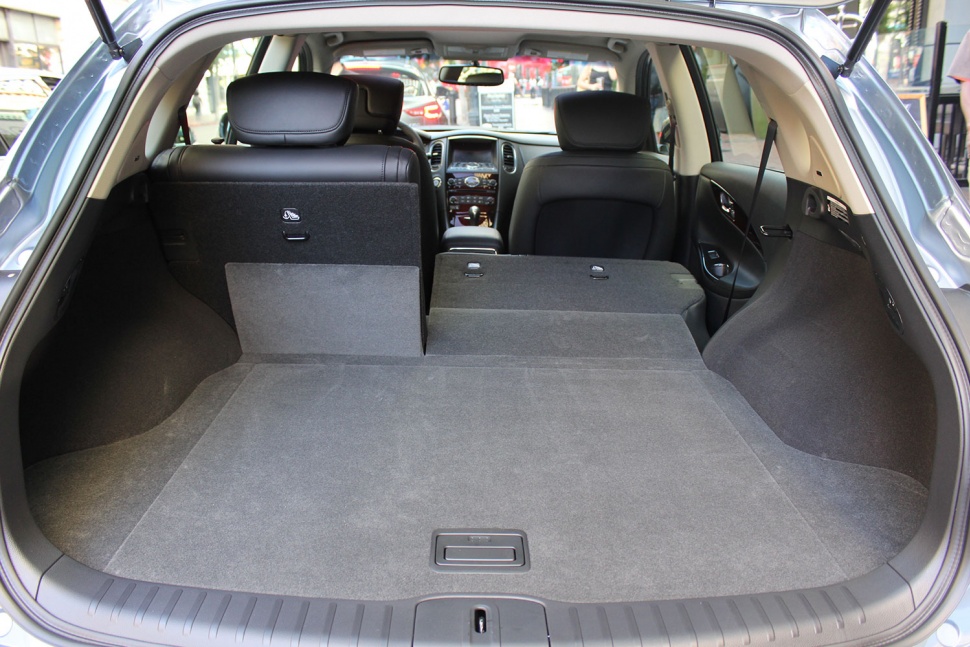Infiniti has held a unique position in the entry-level luxury car market for years, offering products with great power, comfortable cabins, and advanced convenience features for considerably less than rivals.
If you aren’t opposed to the Japanese brand’s design language, Infiniti products are some of the best bargains out there. However, as has been evidenced by the Q40 (G37), QX70 (FX), and now the QX50 (EX), Infiniti product lifecycles tend to drag on with few dramatic updates, and their once-novelty styling and technology features can feel outdated.
Infiniti recently showed me exactly what’s in store for future designs, and I assure you that consumers have quite a bit to look forward to. But the matter at hand is discerning whether the QX50 is still relevant in the hotly contested luxury compact crossover segment. I’d argue it is — but perhaps not for every buyer segment.
Butching up and stretching out
The 2015 QX50 was really just a re-badged EX crossover, but for 2016, Infiniti has done some cosmetic work and incorporated interior changes to make the QX far more livable.
Not long ago, a “small” or “compact” crossover meant just enough room for four or five passengers, a modest portion of cargo space, and a lukewarm engine. As the crossover segment exploded, both larger and smaller high-riding models forced regular “compact” crossovers to grow in size.
Infiniti’s EX, without a subcompact model below it, shunned the trend. After enough customer feedback, however, Infiniti has extended the QX50’s wheelbase and added 4.3 inches of rear legroom. That substantial difference means even 6’3” rear-seat passengers fit comfortably. Infiniti also introduced push-button, automatic fold-up rear seats, which is a first for the segment and a handy feature when you’ve got company.

Thanks to the extended wheelbase, the 2016 QX50 now offers 50.1 cubic feet of cargo space with the rear seats folded (rear cargo space remains at 18.1 cubic feet with the seats in place). Though I wasn’t able to put the storage area through any significant real-world testing, I’d imagine there’s enough interior volume for a family of four to pack up for a long weekend without much issue.
It’s business as usual in terms of the 2016 QX50’s interior appointments. Leather seating, steering wheel, and shift knob are all standard, and just about every interior surface is a soft-touch or texturized material. If you’ve sat in an Infiniti within the last seven years, then you’ll be familiar with the QX50’s center stack, driver display, and infotainment system. Fortunately, it’s a well-aged design with logical button layouts, clear displays, and premium-feeling dials. Unfortunately, when rivals like Lexus and Acura have completely overhauled their interiors, hopping into the QX50 can be a bit underwhelming.
Outside, the 2016 Infiniti QX50 has been given a modest facelift, which gives the design a more virile presence. The crossover has been raised 0.8 inches, and now incorporates Infiniti’s new double-arch grille, LED fog and daytime running lights, updated door mirrors with LED turn signals, new front fascia, new rear bumper, side sills, and optional 19-inch wheels. Combined, the styling tweaks freshen the QX50 enough to be distinguished from last year’s model, but stop short of letting the luxury crossover stand out in the pack.
Much of its repressed styling cues can be overlooked, however, thanks to its driving experience.
Still the driver’s choice
Among its rivals, including the Acura RDX and Lexus NX, the Infiniti QX50 continues to deliver a higher level of performance. The combination of its 3.7-liter V6 — which develops 325 horsepower and 267 pound-feet of torque — 50:50 weight distribution, hydraulic steering, and well-sorted suspension gives the QX50 driving dynamics more akin to a sport sedan than a luxury crossover.
Put to the test on fantastic canyon roads in San Marcos, California, the 2016 Infiniti QX50 had ample power, excellent steering response, confident braking, and nimble handling that made the crossover feel perfectly comfortable on such demanding roads. Thanks to a set of well-bolstered front seats, I didn’t slosh around within corners, either, adding to the sense of driver engagement.

Alas, the QX50 is not a perfect performer. While its seven-speed automatic transmission is smooth during casual driving, its “DS” sport mode isn’t the most intuitive system under pressure. When shifting manually from the gear lever (because paddles aren’t an option), the transmission has no problem holding a gear all the way to its 7,000 rpm redline, but when you’re ready for the next gear, the system takes too long to deliver it. During a spirited driving session, that delay becomes tiresome. I found that leaving the gearbox to its own devices in sport mode led to slightly quicker changes, but it’s still sluggish for a crossover that partially hallmarks itself on performance characteristics.
While we’re on the subject of the QX50’s transmission, I’ll throw it under the bus for another reason: It handicaps the crossover’s fuel economy ratings. A high-output six-cylinder is partially to blame for the merely satisfactory 17 city/24 hwy/20 combined mpg figures, of course, but the gearbox is the real culprit. In normal driving mode, the transmission insists on holding onto each gear for two additional seconds at minimum, which means you’re unnecessarily burning fuel instead of moving on to a cruising gear. I’d estimate the QX50 could add at least another mile per gallon to its ratings with a simple re-map for more fuel-saving transmission settings. In a perfect world, I’d prefer the system to err on the side of efficiency during normal driving and save the liberal gear changes for its sport mode.
As a package, the 2016 QX50 is undeniably the best performance crossover in its segment, and while a transmission update is in order, buyers probably won’t care when they get a look at its price.
Living in limbo
Infiniti isn’t shy about acknowledging that the 2016 QX50 is a bit of a hold-over refresh. Having seen what products are on the way, including the handsome Q30 hatch and its crossover counterpart, the QX30, I’m certain the QX50’s replacement will be not only attractive but a technological and performance delight.
So why would anyone jump on the mildly rejuvenated 2016 QX50? Put simply, it’s one of the best bargains on the market. Its athletic, reasonably attractive figure is not only cheaper than the competition but offers just as luxurious of an experience.
Starting at $34,450 for the rear-wheel-drive version and $1,400 more for the all-wheel-drive model, the 2016 QX50 costs about $1,000 less than the base-spec Acura RDX and $3,500 less than the entry Lexus NX. Those modest savings become even more pronounced when you start adding equipment. For 2016, Infiniti has grouped $2,200 of additional features into its Premium Package for just $500. A Bose 11-speaker sound system, automatic climate control, memory seat, steering wheel, mirrors, and other features are included for an almost negligible fee.
For an extra $2,000 Infiniti’s Premium Plus Package includes its Navigation and 360-degree Around-View camera systems. Opt for the $2,400 Deluxe Touring Package and you’re treated to 19-inch wheels on all-season tires, HID adaptive headlights, lumbar support, an eight-way front passenger seat, and the power-folding second row. Finally, there’s the $2,750 Technology Package, which includes adaptive cruise control, lane departure warning and prevention, brake assist and collision warning, and blind-spot monitoring. Similar equipment on Acura’s RDX or Lexus’s NX costs considerably more.
The 2016 Infiniti QX50 is not without its quirks, but buyers who prize an engaging driving experience, interior comfort, and exceptional value for money will find all they need behind the wheel.
Highs
- Ample power
- Excellent interior space
- Handling to rival sport sedans
- Confident braking
- Great value for money
Lows
- A too-hot or too-cold transmission
- Muted interior styling
- Underwhelming fuel economy
